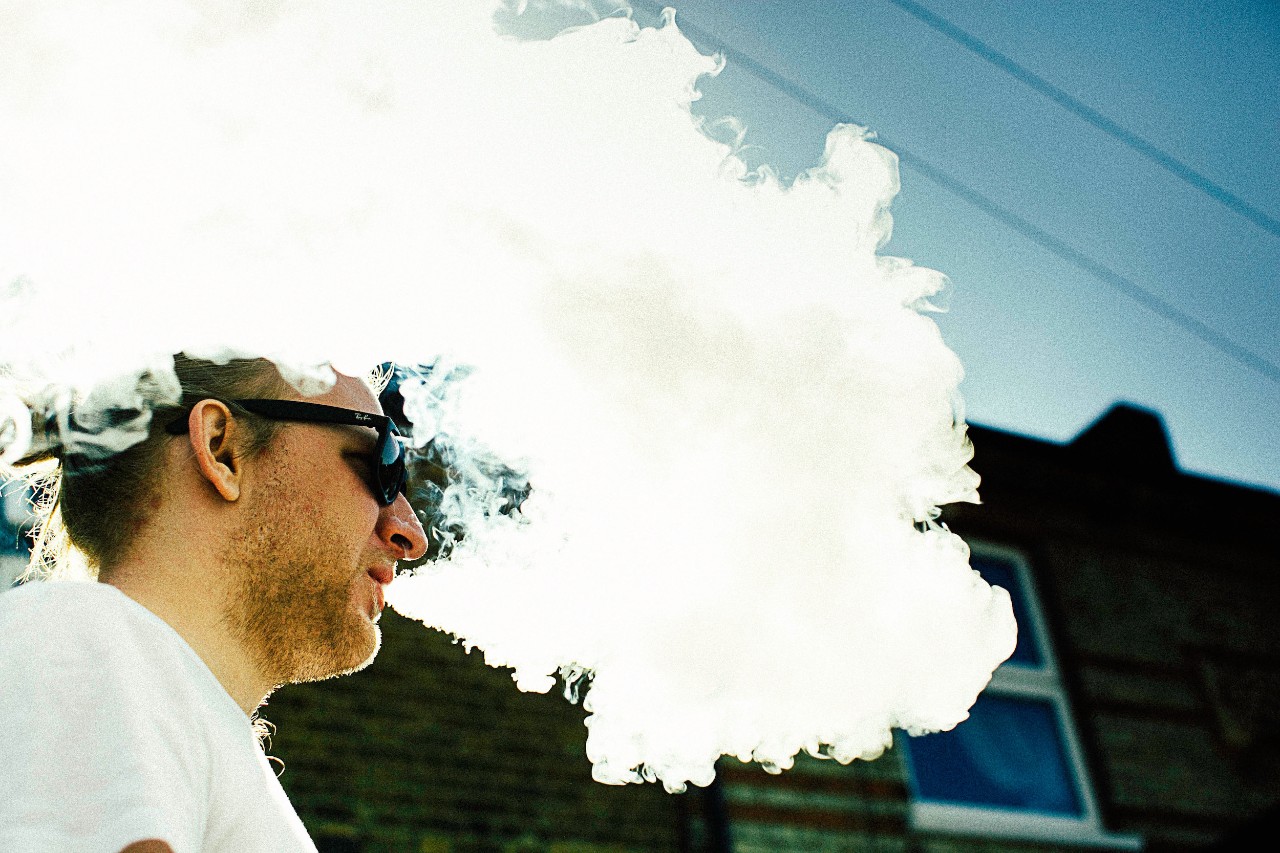
Washington Post: UC expert shares dangers of vaping with national audience
Researcher Ashley Merianos says most teens and parents don’t understand the dangers of e-cigs
A national audience is learning about University of Cincinnati research related to vaping thanks to a Feb. 22 article in the Washington Post featuring Ashley Merianos, an associate professor at UC’s College of Education, Criminal Justice, and Human Services.

Ashley Merianos
Merianos, who studies public health education, said in the article — a piece about sharing the dangers of vaping during driving school — that she is encouraged that some schools are teaching students about possible medical hazards and hopes more will follow their example.
One reason vaping is so widespread, Merianos said, is that most teenagers and their parents do not understand its dangers. Studies have shown that teaching young people about the risks of an activity — smoking, for example — reduces the chance they will partake, she said.
Read the Washington Post article
Merianos has garnered national and international media attention for her research on child secondhand and thirdhand smoke exposure.
The University of Cincinnati is leading public urban universities into a new era of innovation and impact as part of its Next Lives Here strategic direction. Learn more and apply to be part of a world-changing institution.
Related Stories
News Cincinnati loved in 2025
January 2, 2026
The story of prohibition bootlegger George Remus was among WLWT's favorite segments in 2025. UC Law Professor Christopher Bryant spoke with journalist Lindsay Stone about Remus using a temporary insanity defense during a murder trial.
What to know about this year’s big tax changes
January 2, 2026
Local 12 reported that taxpayers can expect some major changes this tax season. Gary Friedhoff, adjunct instructor at the University of Cincinnati’s Carl H. Lindner College of Business, recently spoke to Local 12 about how to avoid surprises.
Study finds police officers face higher long-term health risks
January 2, 2026
J.C. Barnes, a University of Cincinnati professor, is interviewed by Spectrum News about new research showing that the physical and psychological demands of law enforcement can contribute to earlier deaths.
